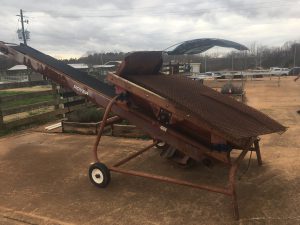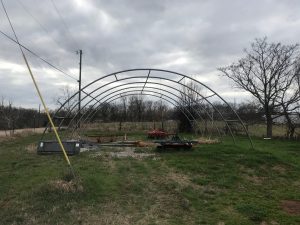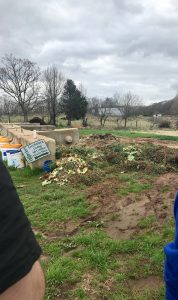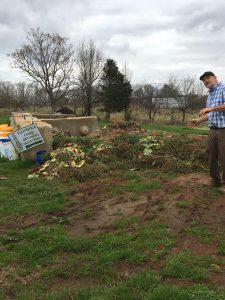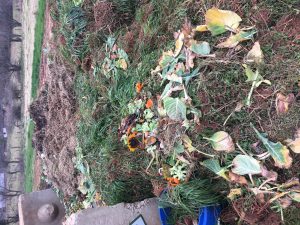I see many things in this photo of the UGArden. At the most basic level, I see rows of different plants. I see a building behind them that appears to be a green house. I see a windy road to the left that trails off out of site. And I see a cloudy but bright sky. What isn’t captured in this photo is how this day felt. One could simply look up what the weather was like Thursday, February 15th in Athens, but even that could not capture what it was like to be a witness to something much bigger than myself. Perhaps the most important thing that I feel when I look at this picture is life. Life is found in so many aspects of the UGArden. There is life in the many different plants grown. There is (tiny) life in the bacteria that help break down materials and compost soil. There is life in the bugs and animals that surround the area. And there is life in the professor who directs it all. Unfortunately, this picture does not capture just how passionate Professor Berle is for this little pocket of life just off of exit 6. You could tell just by the way he spoke so proudly of the UGArden that he cares about the process. To me, that is what I think of when I look at this picture. I am reminded of what it feels like to hear someone speak so fondly of something they cherish. I am also reminded of the many hours of work that he and the other volunteers must put in to keep this place running (and growing) smoothly. I think of how admirable their work is, and I think of how lucky I was to take a tour to learn about how the garden operates. While this picture may just appear to be a simple image of a garden on the side of the road, it represents something so much more important: sustainability.


